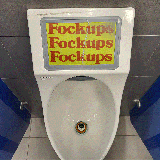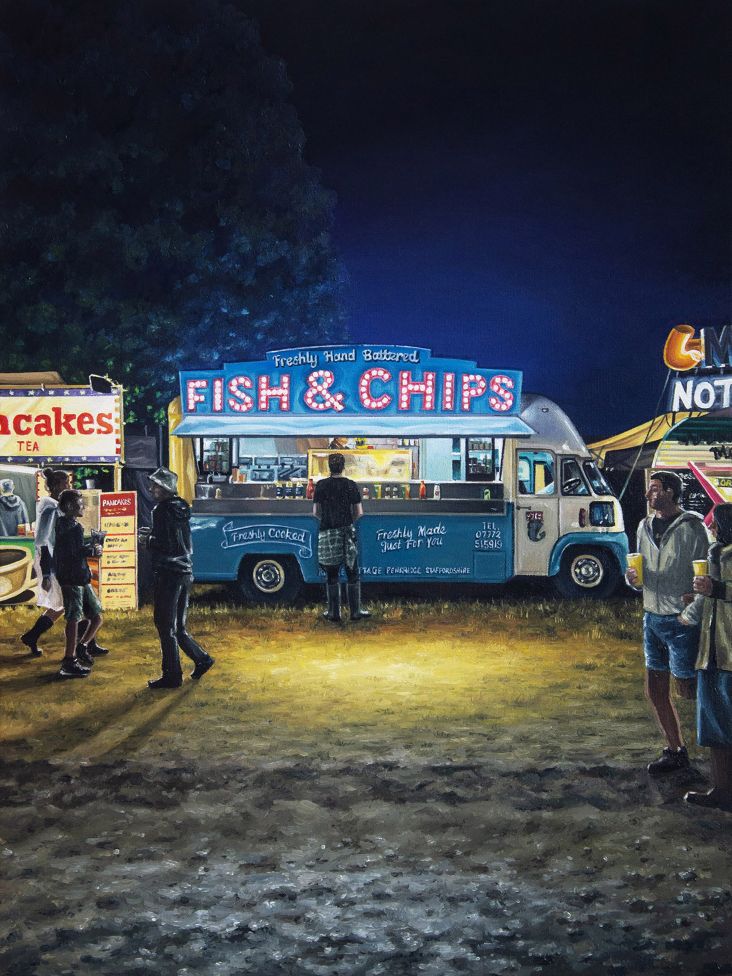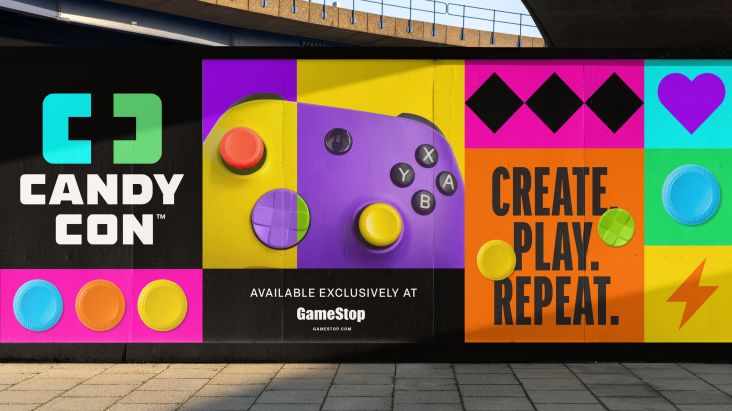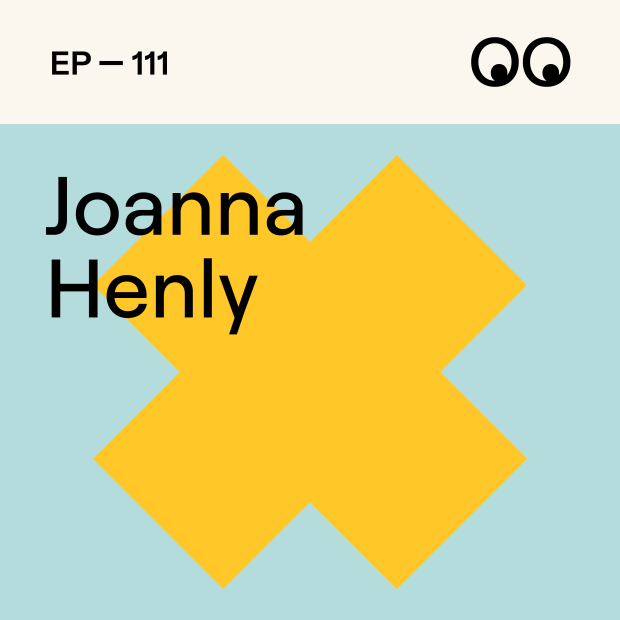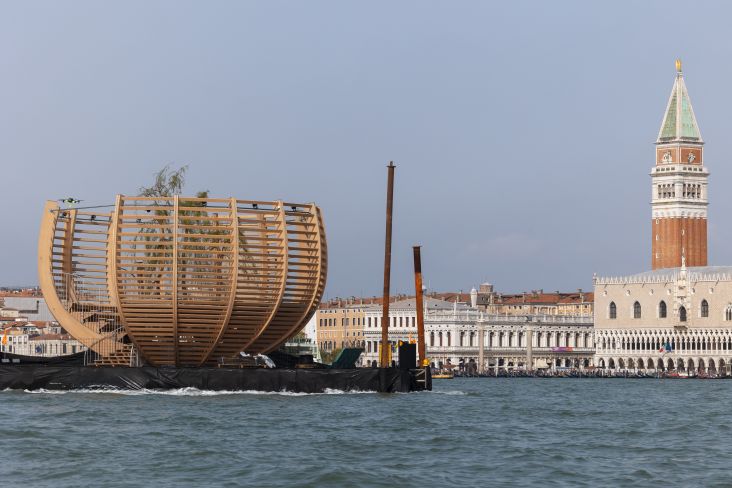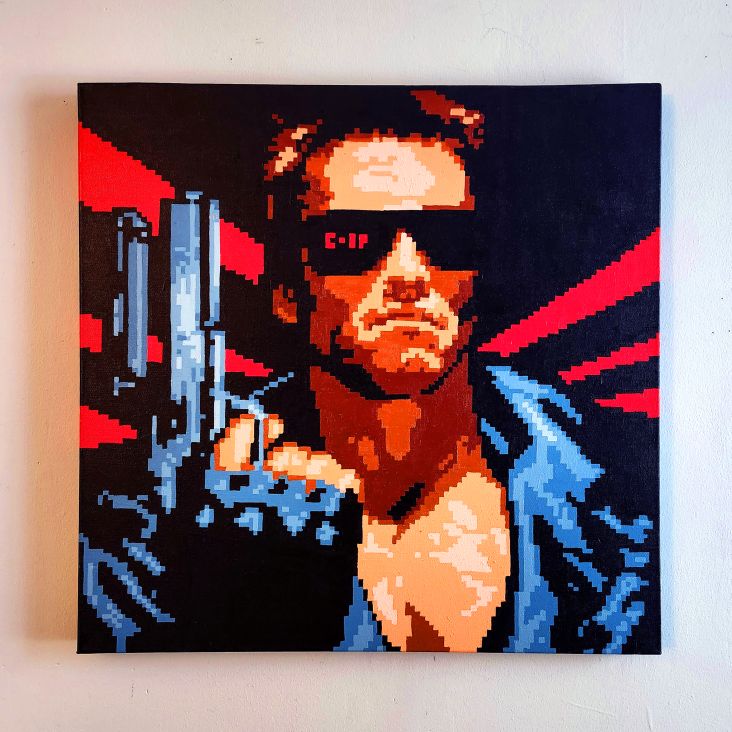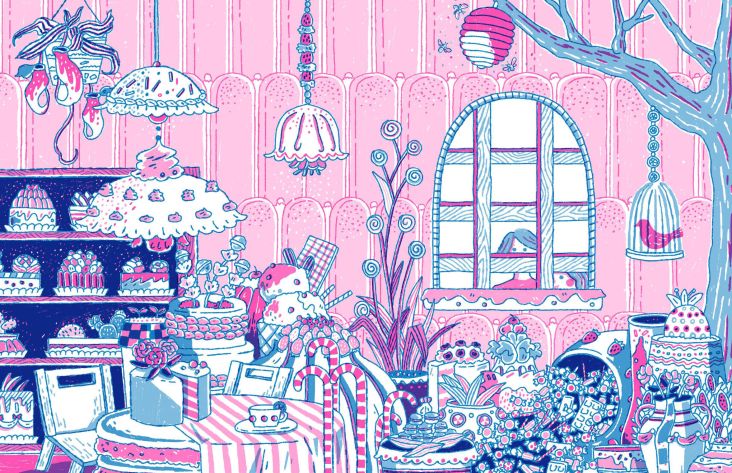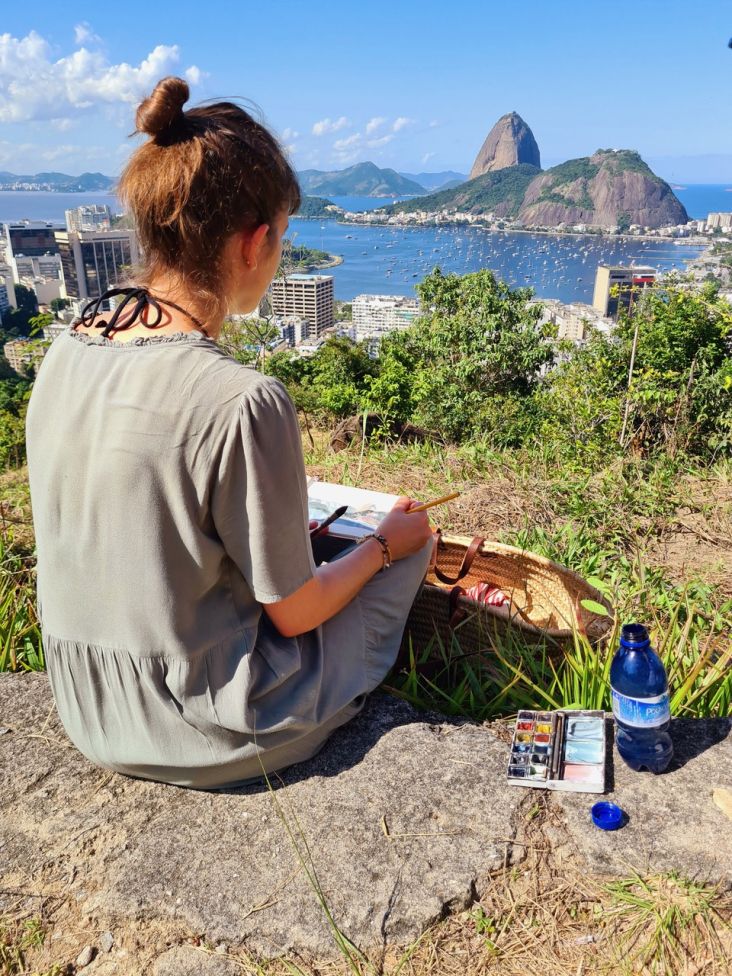Artists demonstrate how to grab attention at the world's biggest design event
Hideki Yoshimoto and Marjan van Aubel have been pushing the boundaries in their Milan Design Week installations for car giant Lexus. We report from the show.
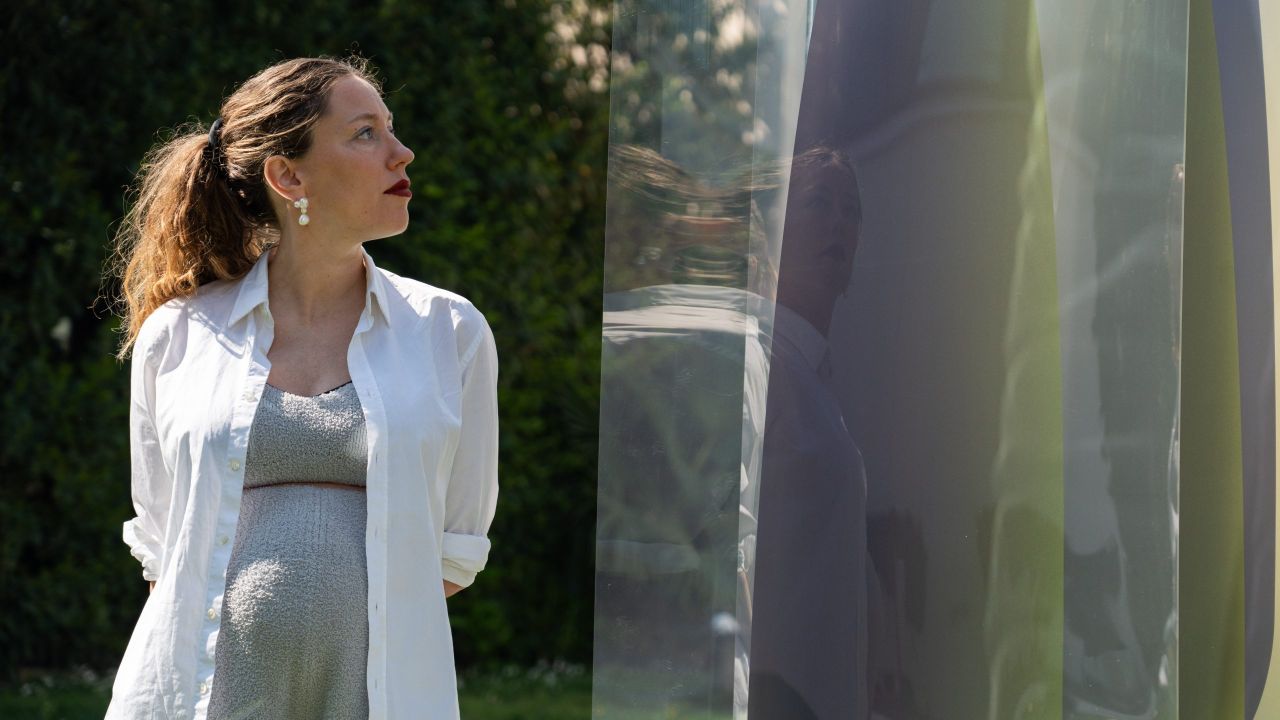
The world's largest design event, Milan Design Week, is a funny old thing. Originally a furniture fair, it's grown over the years into a massive week-long celebration of creativity and innovation in furniture, lighting, fashion, textiles and all kinds of product design.
This being Milan, one of the world's fashion capitals, almost everyone who attends (this reporter excepted) is attractive, stylish and elegantly dressed. This air of exclusivity is magnified by the fact that you have to be 'in the know' to find where a lot of the events are even taking place.
There is something resembling a central hub for the festival, through a huge complex called the Superstudio on Via Tortona. This year, the Lexus car maker exhibit is the first thing you see as you enter.
The company understands, though, that just putting a lot of cars on display – however beautifully designed – wouldn't be enough to excite the interest of the design cognoscenti. And so, every year, they put a lot of time, effort, and money into developing a unique art installation that conveys their vision of the automotive future.
This year, we got not one but two such exhibits under the joint heading of 'Time'. Read on as I explain what they are and why designers should care.
Beyond the Horizon
The first installation, titled Beyond the Horizon, was created by Japanese designer Hideki Yoshimoto and his studio Tangent. The brief was to represent the company's vision of (deep breath) "how the application of software and energy innovations will help the cars of the future deliver new possibilities for customers and enable luxury to co-exist with carbon neutrality".
Yes, it's quite a complex topic to evoke in a work of visual art. But Hideki came up with an inventive and elegant response to the challenge.
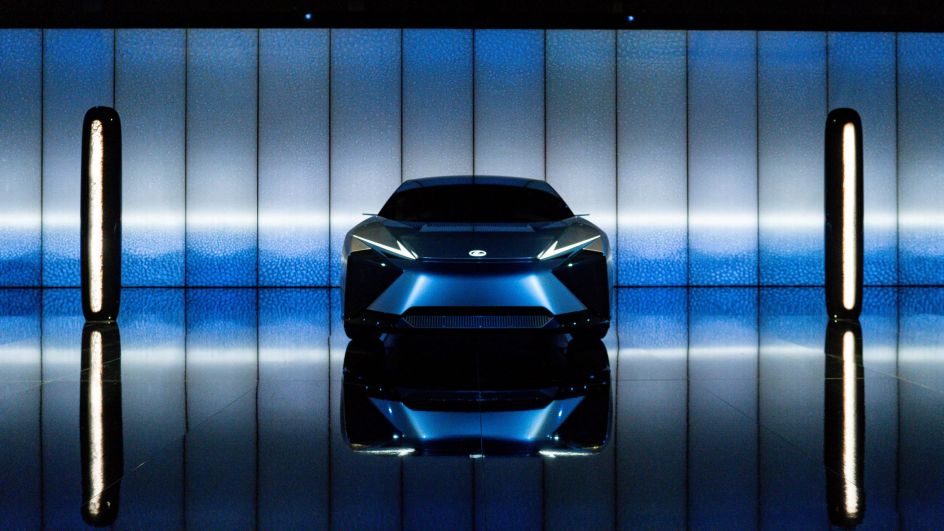
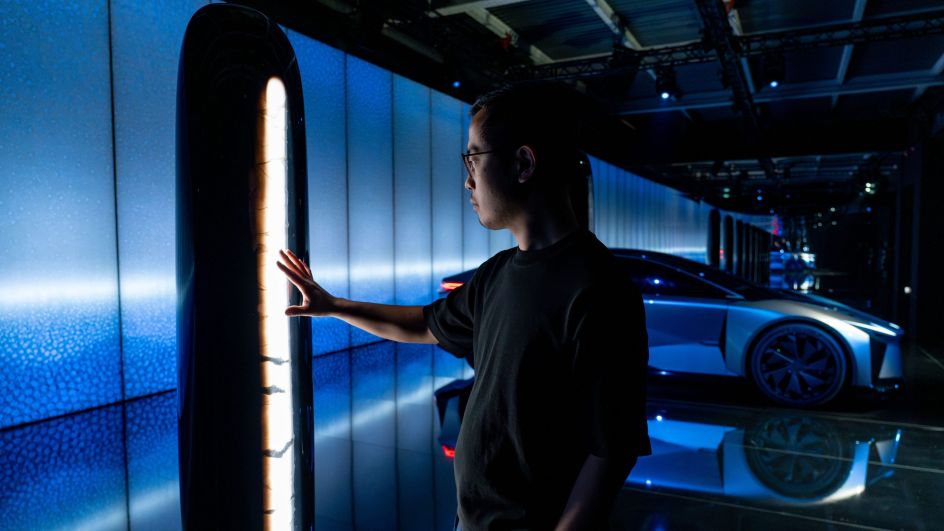
He explained to me that his work was inspired by the idea of a future where vehicles can transcend their mass-produced nature via constant software updates, which means that every car can be completely unique and personalised to the user.
To evoke this concept, the piece uses cutting-edge technology blended with traditional Japanese craftsmanship to create an immersive experience for visitors.
Firstly, a giant (4 x 30m) projection screen made from traditional washi paper shows ever-changing vistas of the horizon. The horizon here serves as an instant metaphor for the exciting and alluring future Lexus is offering.
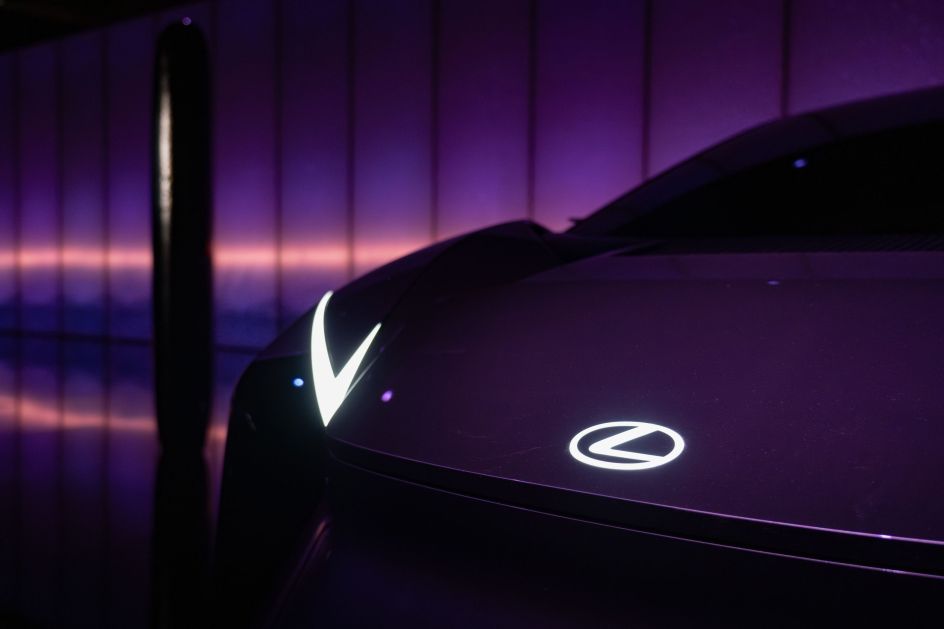
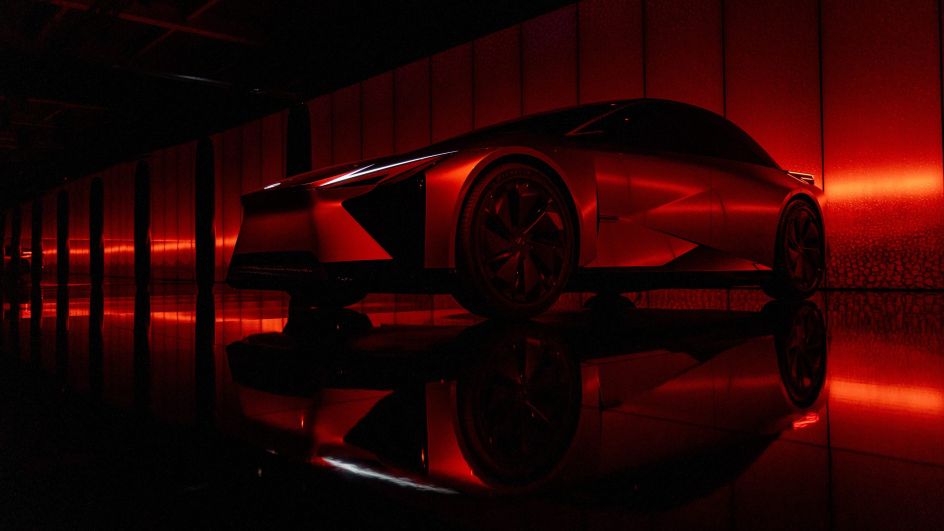
This vista lies behind Lexus' next-generation, battery-powered concept car, the LF-ZC, while an evolving soundscape composed by musician Keiichiro Shibuya is played.
No two moments in the music are the same, as the sounds endlessly evolve and the colours of the horizon change from dawn to dusk, creating a personalised and immersive experience for the viewer.
Hideki's team also crafted sculptures that surround the car, which are physically identical but use internal lighting with different textures to represent the idea of personalisation.
8 Minutes and 20 Seconds
Hideki's internal installation is complemented by an outdoor installation created by Dutch solar designer Marjan van Aubel, titled '8 Minutes and 20 Seconds', which demonstrates Lexus's commitment to carbon neutrality and sustainability.
The work features a to-scale representation of the LF-ZC, powered by solar energy captured through organic photovoltaic cells.
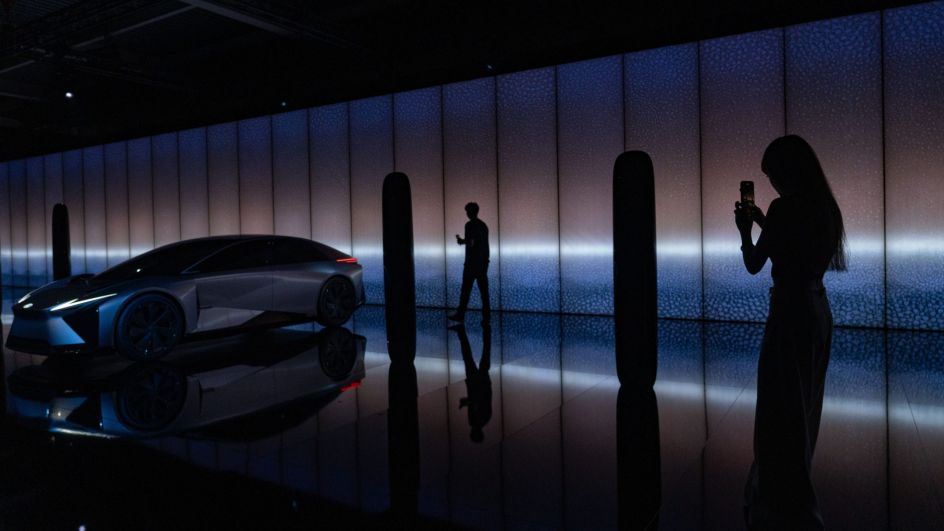
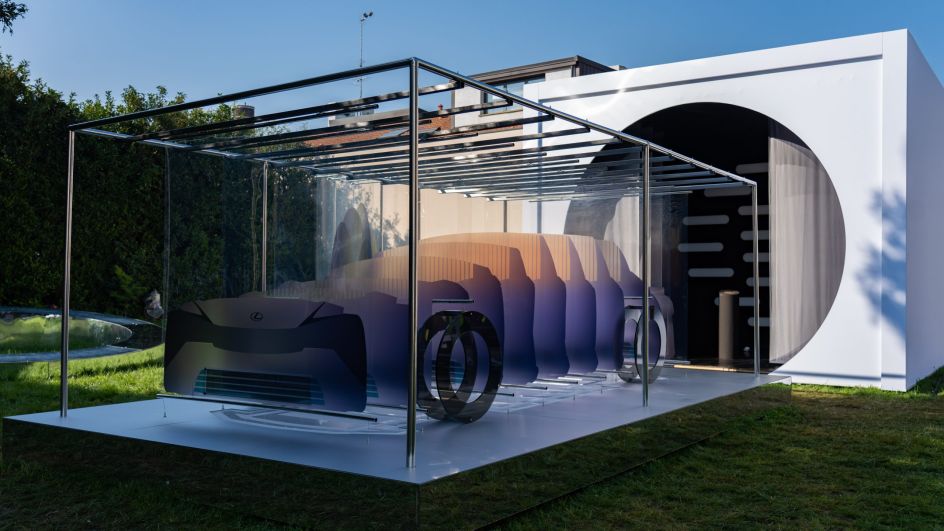
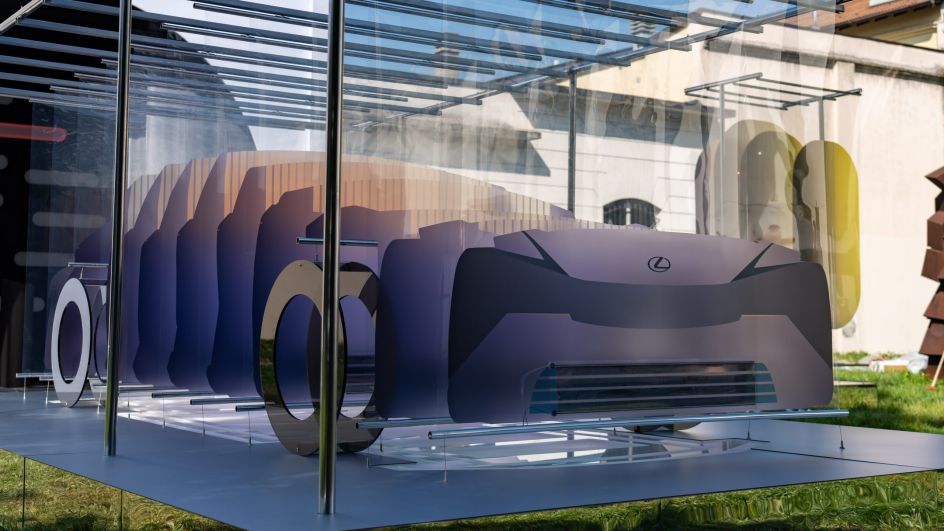
It's surrounded by beautifully minimalist sculptures representing holographic trees and a reflective, metallic seating area set against the backdrop of an interactive sun, formed by a circle of 16 solar lamps.
The installation responds to the movement of people around it, who can trigger a personal "sunrise" through motion sensors.
The artwork also incorporates natural sounds, such as the rustling of bamboo – a reference to the material used in the interior of the LF-ZC.
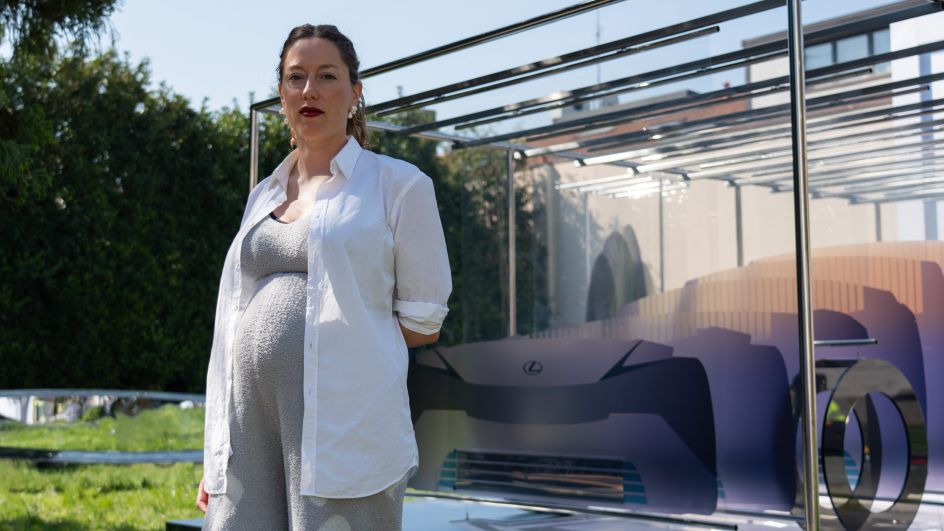
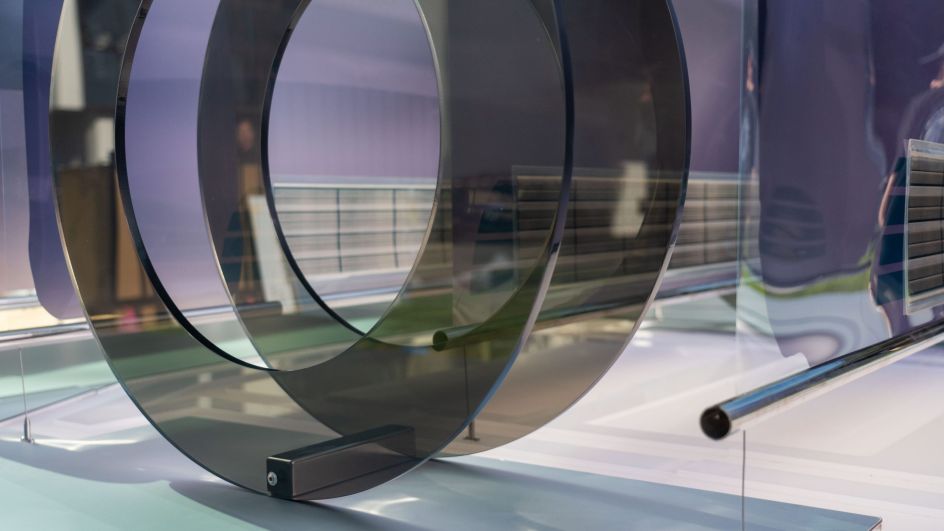
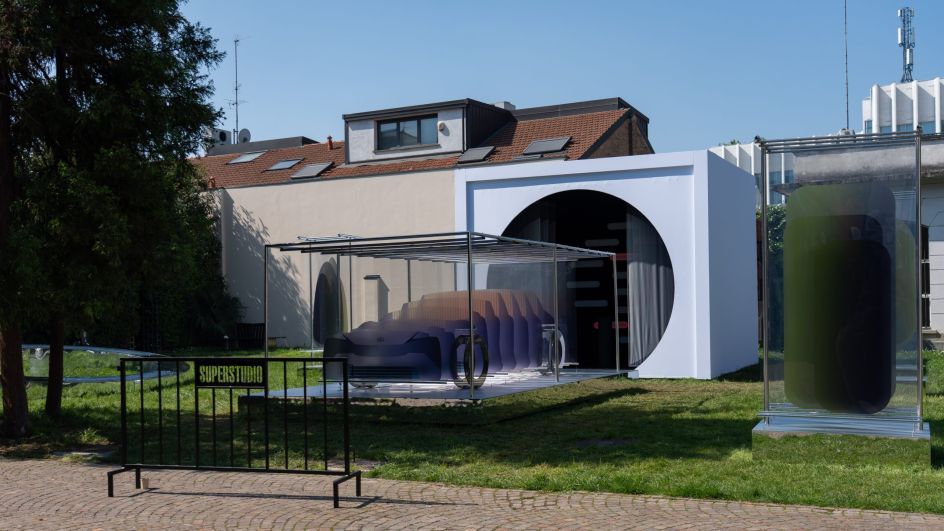
The installation's name, 8 Minutes and 20 Seconds, comes from the time it takes for the light from the Sun to reach the Earth. This neatly echoes the exhibition's desire to redefine the relationship between people and time through the application of software and energy innovations.
As Simon Humphries, chief branding officer for Lexus, explains: "Time comes from our belief that experience and time are inseparable concepts. Time is not something that simply passes; it's the starting point of all special experiences.
"Lexus has a firmly human-centred philosophy," he adds. "And we believe that providing people with unique experiences, in an age when technology will allow cars to anticipate and evolve with the customer, begins with exploring the relationship between people and time itself."
Why should designers care?
To some, this might sound like a lot of marketing spin, and you might think: what is a car manufacturer doing commissioning expensive artworks? Shouldn't they just, you know, stick to making cars?
But I'd argue differently. I think there's something quite fundamental going on here that all designers need to understand.
When it comes down to it, most people spend their hard-earned cash on products that do more than just perform a function. It might sound pretentious, but we really do have an emotional connection with the things we buy and use, from our clothing to our gadgets to our furniture and beyond.
That's why everyone who can afford it wants an iPad, even though Microsoft invented tablet computing a decade before Apple got there. The same goes for a Herman Miller chair, a Harley-Davidson motorbike, and Beats by Dre cans.
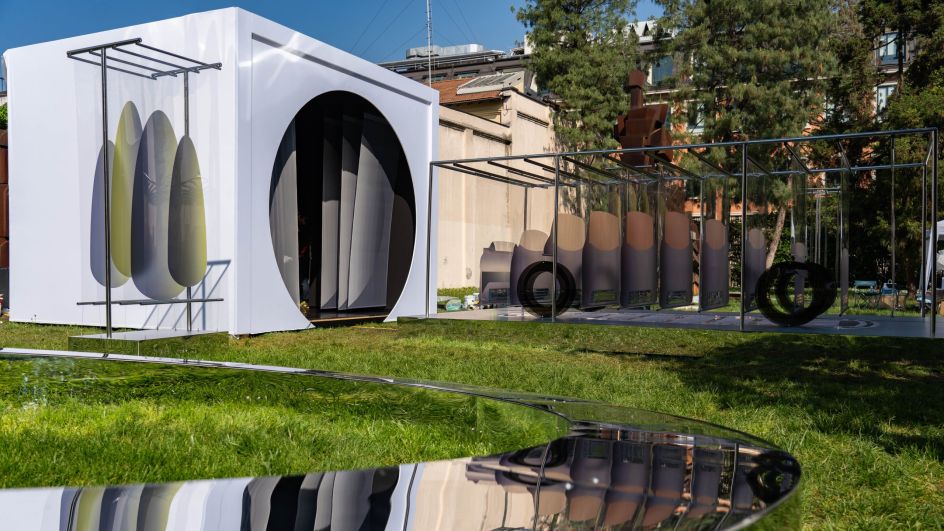
Of course, very few ever attain this iconic status. But the better you can communicate the fundamental ethos and values that underline your brand, the closer you'll get to it. So, for Lexus to invest time and effort into working out what those values should be and finding original ways to convey them to people beyond the car-obsessive crowd is smart thinking indeed.
With that in mind, these two installations for Milan Design Week start to make perfect sense. They perfectly encapsulate the twin values of personalisation and sustainability that Lexus is trying to push right now, both to its potential audience and – something which is often forgotten but equally important – within the organisation itself.
Both artworks do a great job of fulfilling that role and it's this – not any flashy tricks or visual sleight of hand – that truly makes them stand out at the world's biggest design show.
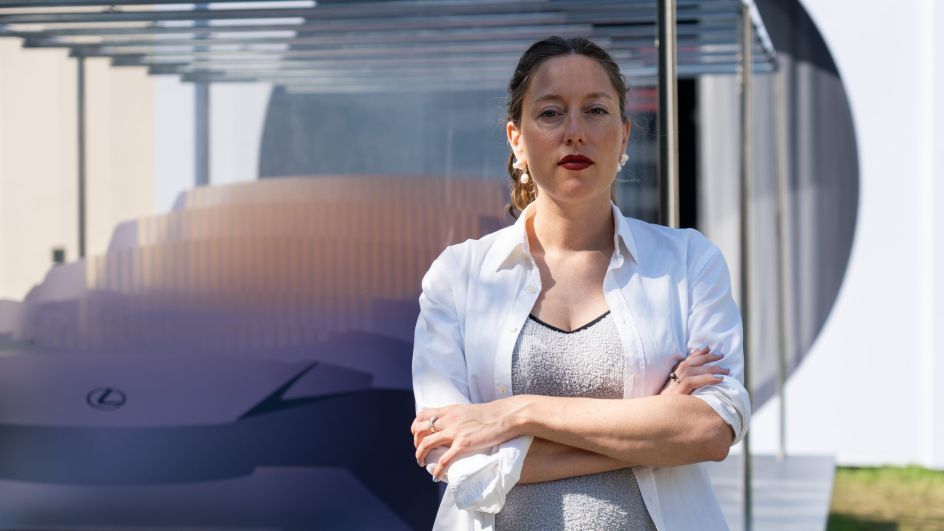
Further Information
Beyond the Horizon by Hideki Yoshimoto/Tangent and 8 Minutes and 20 Seconds by Marjan van Aubel are on display at Art Point and Art Garden respectively, at Superstudio Più, Via Tortona 27, 20144, Milan, Italy, throughout Milan Design Week (11am to 9pm, 18-20 April and 11am-6pm, 21 April).




